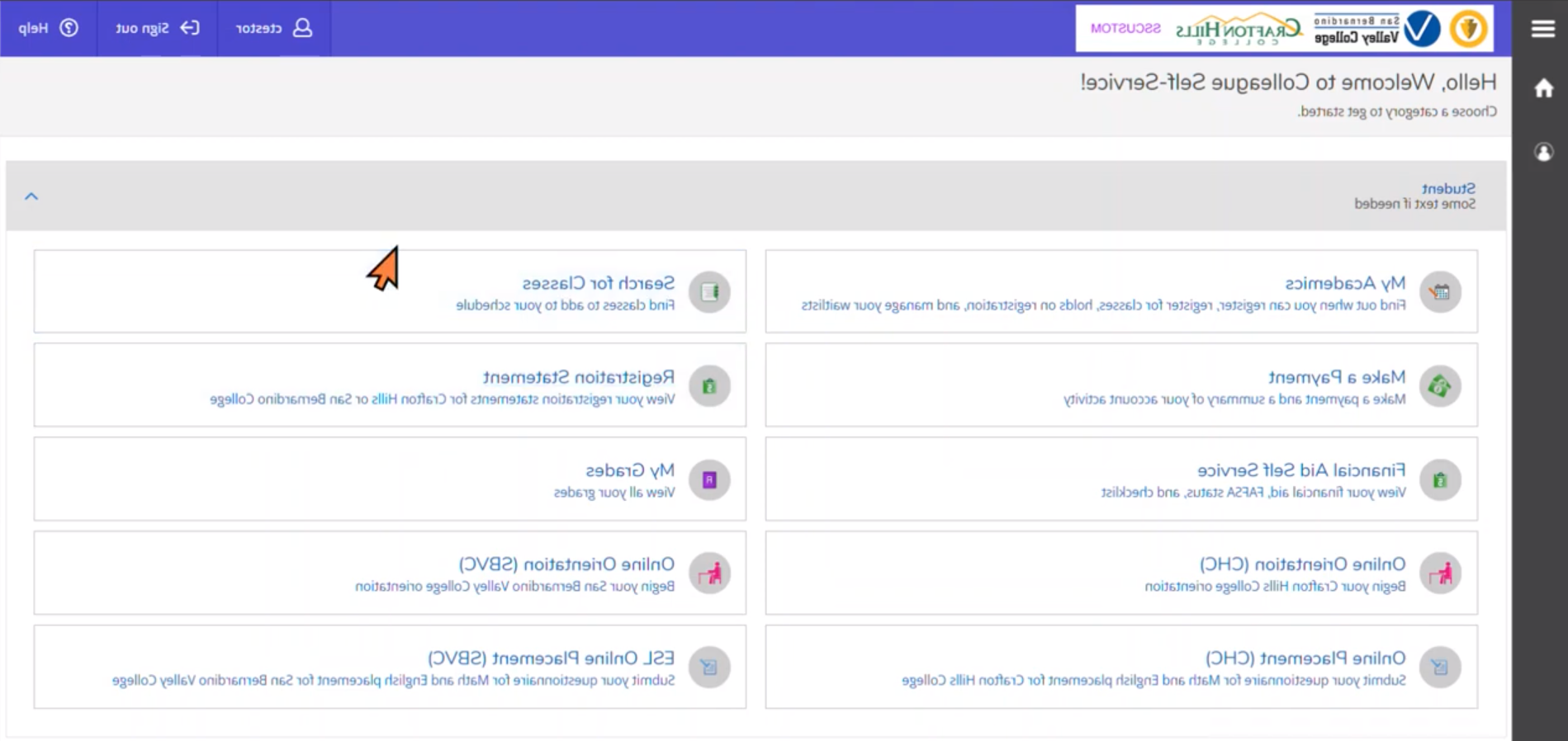Resources for Faculty Working with ESL/Multilingual Students
Who are 九州体育平台入口 ESL/Multilingual Students?
Although our ESL/multilingual students predominantly identify as female, Hispanic, and between 35 and 50 years or older, students who enroll in our program come from all over, including Egypt, Syria, Ukraine, Thailand, Venezuela, Peru, and other parts 世界的. They have diverse educational backgrounds, ranging from high school 从文凭到高级学位. 有些人曾在美国生活过.S. 有的时候,有的时候 都是刚到的. They come with interesting life stories, diverse experiences, 各种各样的目标.
Why are you using the terms “ESL/Multilingual”?
The Conference on College Composition and Communication Statement on Second Language Writing and Multilingual Writers endorses the term multilingual to describe those individuals who speak languages other than 英语 and who are often referred to by other terms such as 英语 as a Second Language (ESL), 英语 Language Learners (ELL), Second Language (L2), and many other such descriptors.
Historically, individuals who fall within this population have been referred to as
“英语 as a second language” or simply as “ESL.” However, many scholars and researchers
have moved away from using the ESL descriptor because it does not accurately reflect
the characteristics of this population (Working with Multilingual 作家). 例如,
some students may be learning 英语 as a third (fourth or fifth) language while
others may have learned and may use 英语 at school but speak another language at
首页. The range in experiences and characteristics of those within this group vary
greatly so much so that Gail Shuck, a multilingual scholar, notes that “[n]o single
label that has been used to describe this ‘population’ can encompass all of the students
我们说的是" (65).
With that said, terminology is critical as it can reflect as well as construct our 的观点. This, in turn, can shape the programs we create and the experiences of our students (Costino and Hyon; de los Reyes). As it is, the most commonly used term “ESL” carries the stigma of deficiency and can thus have “negative impacts on students in terms of assessment, placement, and academic ability” (Working with Multilingual 作家). And so, to counter the stigma and its impacts as well as to focus on the assets that our students bring to the classroom, we hope to eventually transition to using the umbrella term multilingual to refer to those who fall within the categories 之前提到的. For now, we are using both ESL/multilingual descriptors together until more people become familiar with the term multilingual.
How can I support my ESL/Multilingual Students?
Practical Ideas - 英语 Language Support
Working with - Multilingual Student Writers
ESL Teacher Resources - Purdue OWL
Multilingual Program Vision/任务 Statement
The CHC Multilingual Program aspires to support multilingual literacies and promote
language diversity by honoring the voices and rich cultural heritages of the multilingual
students on our campus and surrounding communities through scholarly research, student-centered
engagement, and community outreach. The program endeavors to help students develop
literacies and resources needed to navigate various personal, professional, and educational
环境来实现他们的目标. To do that end, the program is committed to
- Raising awareness for the regular presence of multilingual students on our campus.
- Understanding our unique multilingual student population and creating inclusive educational practices and support structures based on their specific needs.
- Engaging in scholarship to ensure disciplinary currency.
- Offering scholarly-based professional development to the campus and surrounding community to promote language awareness and diversity.
- Connecting students to spaces across campus and surrounding communities that foster 语言和文化多样性.
- Providing support for the overall well-being of our multilingual students.
Parts of this statement were adapted from CCCC Statement on Second Language Writers
